Power Consumption
Idle power consumption on 120V power we saw around 11-12W idle. We generally assume these nodes will use 9-12W idle so this was directly in the range we would expect. Again, we do see power consumption creep slightly higher over time if dust accumulates in the fan/ heatsink and we had a new unit here. Still directionally this is where we would expect.
The power supply for this unit is a 90W HP power adapter from the company’s notebook line. As you would expect, you can use the adapters from the company’s notebooks with this machine. Despite this being a 35W TDP CPU, as with older generation parts, we saw a peak power draw of just over 61W. Clearly, the old 65W power adapters common in this segment for generations are not enough, despite the same CPU TDP being advertised. Once one adds higher-power USB devices, going over 65W of power draw is fairly trivial so the 90W adapter makes sense. We would advise against the below combination with the 65W power supply since the USB devices also will draw power:
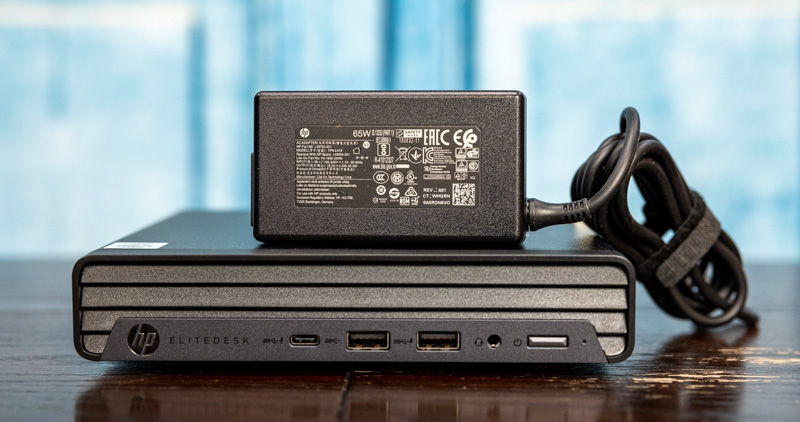
At idle, the system is not silent, but it is very quiet if working from 1M away. Below 50-70% load the noise was acceptable but running at 100% load for extended periods of time will ramp fans. We will quickly note that the 65W TDP EliteDesk 800 G6 units and also units with GPUs and one should expect more fan noise with those higher-power options.
Key Lesson Learned for TMM
In this series, we wanted to also focus on some key lessons learned. Since we have already tested well over a dozen different models, we are taking away key pieces of advice from each that we wanted to share.
For our key lessons learned, we wanted to compare/ contrast the offerings from each of the vendors since we have now tested this segment from all three major business desktop PC providers.
First, the EliteDesk 800 G6 Mini we really liked the front USB port configuration despite the fact that the labeling needs to be better on all USB ports. We also really like the flexibility of the Flex Ports. Pricing was the biggest challenge for this machine. It had 1/3 the warranty period and still cost us over $100 more than the Dell unit after searching for three weeks for discount codes and applying what we could. To us, this is probably too much of a premium. HP sells these by the thousands to large companies, so it is perhaps not giving the best single unit web discounts. Still, it was a noticeable delta.
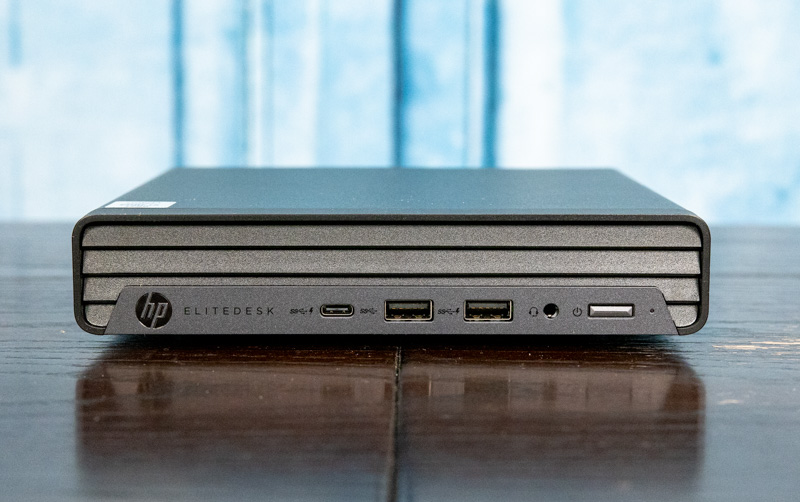
The Dell OptiPlex 7080 Micro is a solid unit that had the least expandability and was our least favorite machine to service. On the other hand, we purchased it for significantly less than the HP unit and it had a longer warranty.
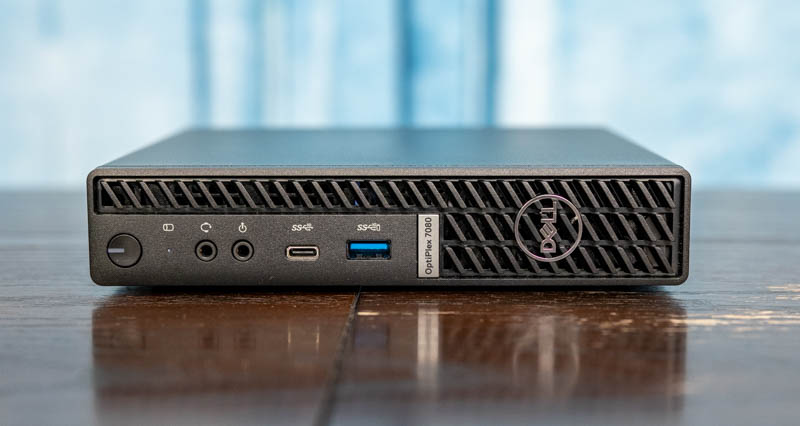
The Lenovo ThinkCentre M90q Tiny perhaps has the best serviceability with features such as the tool-less M.2 installation. It has the least front panel connectivity and required top vents where the Dell and HP units had only front to rear airflow for 35W TDP machines. Still, this was by far the least expensive of the three.
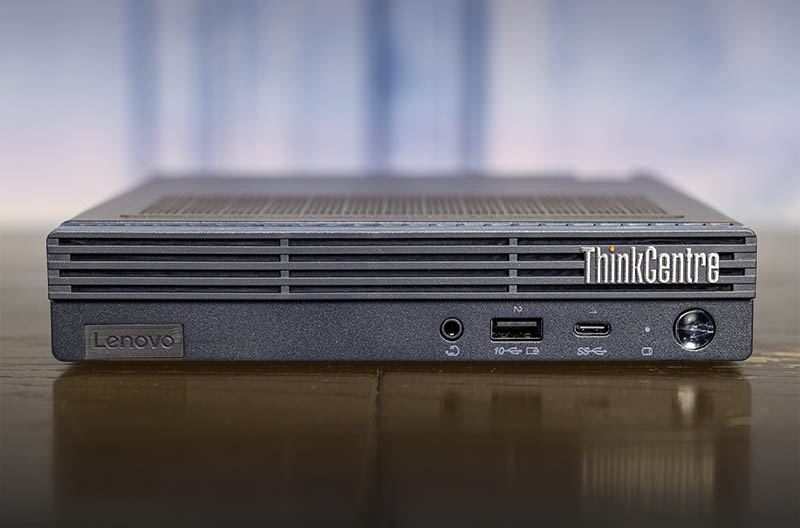
That Lenovo we are calling the least expensive because when we ordered the Core i9-10900T option, we also looked at pricing (and ordered but canceled) the Core i5-10500T option. To give some sense, with the Core i9-10900T Lenovo’s pricing was in-line with HP’s unit that has only the lower-end CPU. We tested all of the units with Core i5-10500T’s and the performance was very close which means the decision comes down to pricing, warranty, and built-in features.
Given what we saw, the Lenovo ThinkCentre M90q Tiny would likely be our choice. The Dell and HP units are likely much closer to each other. We probably like the HP platform a bit more, but the pricing was higher making it a challenge.
We, of course, have full reviews of each if you want to learn more about the other options in more detail. Lenovo discontinued the ThinkCentre M75q Gen2 Tiny just after our review but that was also an excellent platform that may be worth looking at even if it is slightly used.
Final Words
Overall, we really like the package from HP. The EliteDesk 800 G6 Mini performed well in our testing and has a lot of built-in features as well as flexibility.
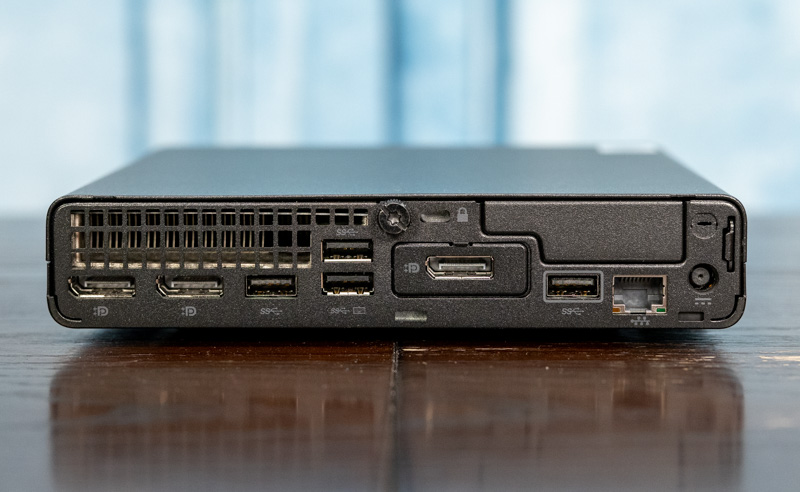
This generation offers a lot of value with the newer Core i5-10500T offering twice the threads of the previous generation. There is certainly a big jump in this generation beyond what we saw in previous generations for applications that can utilize Hyper-Threading.
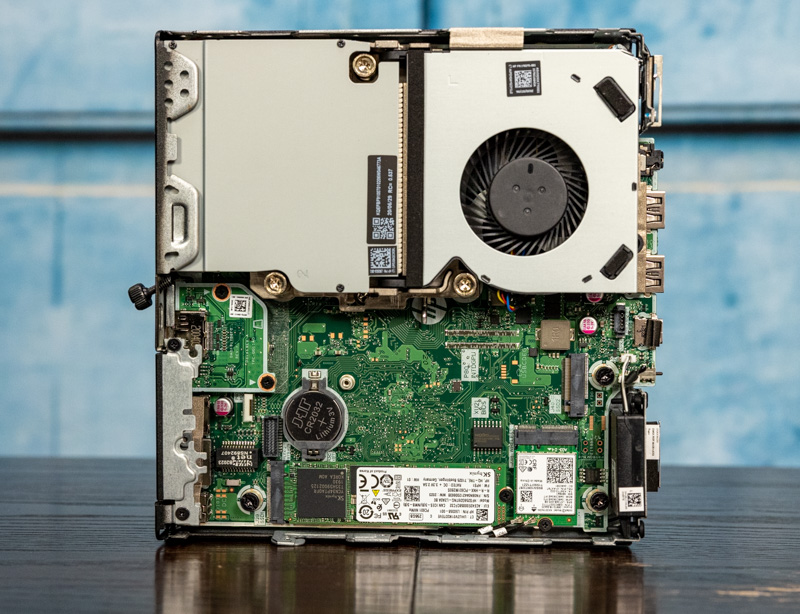
Overall, HP has a great hardware platform. It is easy to work on with the big standout omission being poor USB port labeling. The biggest challenge we saw may have been due to the commercial reality of purchasing a single unit rather than many for a business. Still, for those looking to purchase 1-5 units, this type of pricing is very relevant and is the weak point of the overall solution.




It’s available in a high-performance version with support for 95W CPUs (I have a i9-10900K CPU in mine). Why would you bother with an anemic laptop-grade CPU?
You can stop this Windows license costs $140 meme. Legit oem license is under $10 for everyone who cares to do a little search.
A Raspberry Pi 4 with 8 GB of memory is 1/8 the price of this thing, and you can stick in a 128 GB micro card. Plus USB 3, and HDMI. Anyone still using Windows is stuck in the 90’s. Linux and it’s apps win hands down.
These run Linux as well as other OSes, and of course WSL lets you run Linux on Windows/ you can hyper-v virtualize other OSes as well. The challenge with the RPi 4 is that one needs to add the cost of a power adapter chassis and drive. The 128GB SD card is not a competitor for a NVMe SSD and USB 3 is still not the Gen2 on this. The idea behind this series was to look at something bigger than a Raspberry Pi 4 so that you can create VMs that are the equivalent of a RPi 4 cluster on a single box.
Hey Patrick, just a quick note, this article isn’t tagged with #TinyMiniMicro. I haven’t checked out some of the other articles. Having the tag definitely helps me do comparison shopping. Thank you ever so much for this series. The only downside is ebay is a little more competitive than it used to be! ;)
Has anyone managed to find the 2.5GbE NIC for the flex port please? I can’t find it for sale and can’t even find a part number. Any help welcome.
2.5GbE NIC for the flex port please?